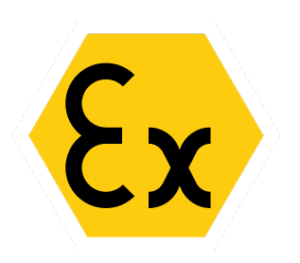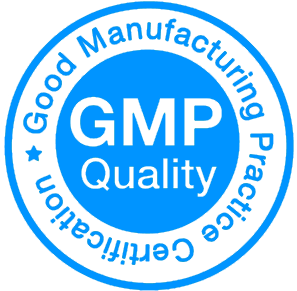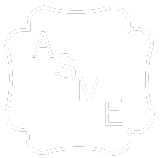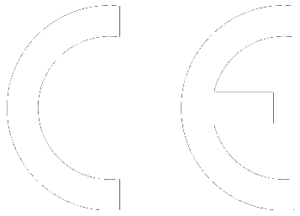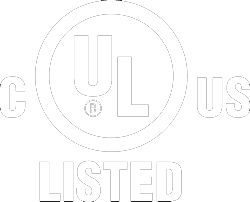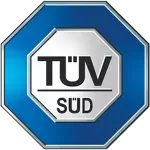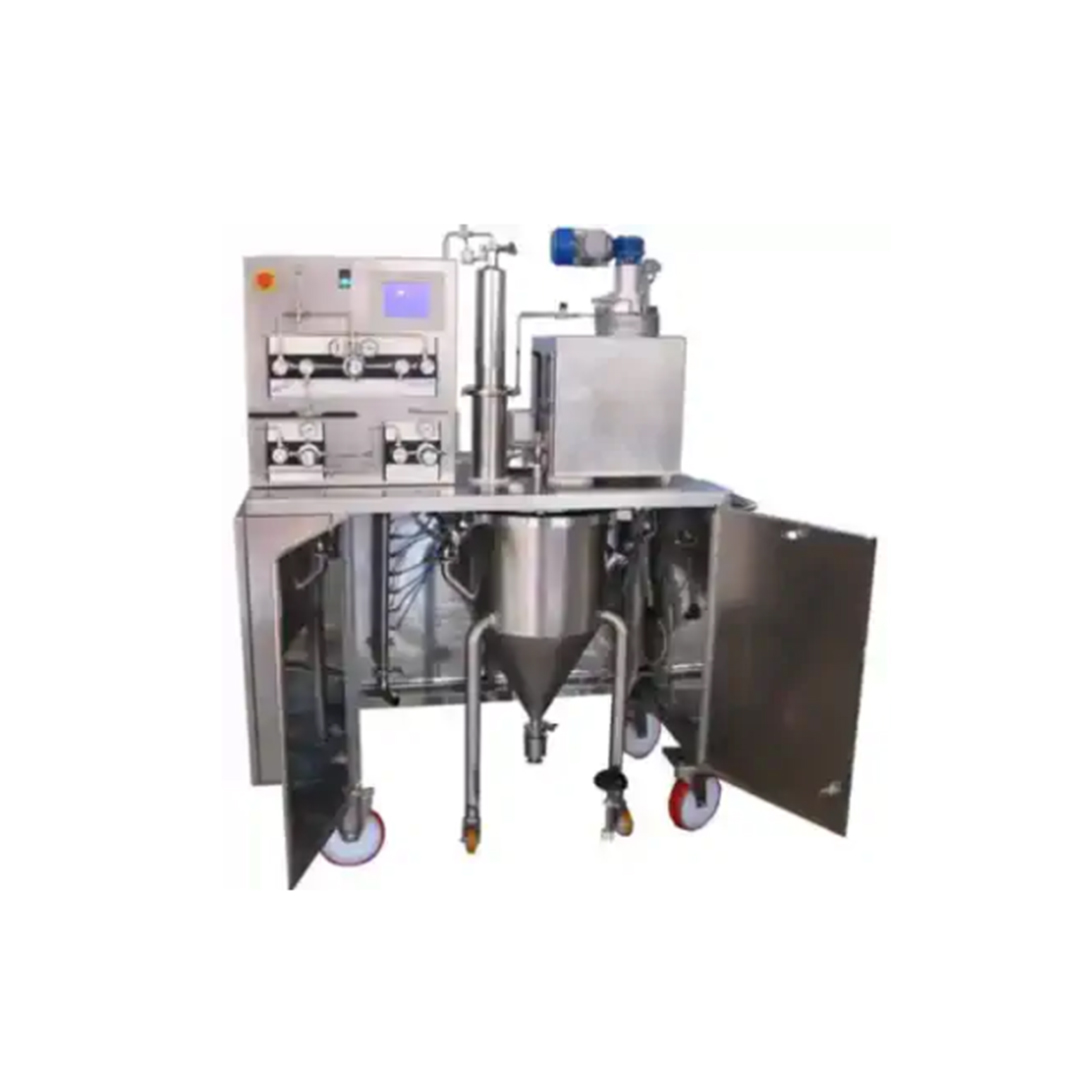Main Characteristics
It is a lab system equipped with one 20 liter expansion vessel. Stainless-steel frame to comply with HACCP and GMP guide lines. Voltage 220V, frequency 60Hz or 50Hz, installed Power 1 kW, Current 5A. 4 temperature displays.
Certification
Certifications are mandatory for high pressure equipment. This machine is certified PED/CE for Europe, Africa South America and other countries accepting EU regulation or ASME/UL for North America and other countries requesting ASME regulation.
We are ISO 9001 certified by TUV, UL listed, ASME certified, CE and PED certified by Apave, CRN for Canada.
Configuration of supercritical CO2 micronizer
This machine is designed to work with one CO2 bottle with inner tube and one N2 bottle.
Safety
Other specifications
ASME certified safety valve for each vessel in isolated tubing from vessel.
Process PLC microprocessor
Compressed air pressure 100 psi or 7 bar
Compressed air flow 1 CFH or 28 L/hr
Use this Lab CO2 Micronization system for:
Lab machines for micronizatopn are designed to test new lot of material/new matrices micronization for test use or small production lots. The utilization of a pilot plant also allows to obtain good quantity of micronized powdres or to perform a wide range of tests, including evaluation panels.
Gmp qualifiable
We provide all the necessary documentation requested by qualification inspectors and authority, like:
- Material Certificate
- Welding Certificate
- USR (User Requirement Specifications)
- DQ (Design Qualification)
- IQ (Installation Qualification)
- OQ (Operational Qualification)
Full automation
Automation is a generic term. It does not provide any information on what the machine is really doing on its own. Automation for us is not just the control of pressure, flow or temperature. We have introduced a new concept, “Adaptive Automation”, to describe a new hardware / software system capable of modifying the process cycle as required by the operator. This new automation “literally” changes the way the system will produce the extract, something completely different from simply controlling pressure and temperature.
Remote assistance
We give full support via internet to solve technical problems quickly and for routine maintenance interventions. In many cases our technicians are able to solve problems online without having to physically go to the installation site, by connecting to the system via the internet, thanks to cutting-edge tools for remote support. If it is not technically possible to solve the problem remotely, the technician will be responsible for organizing an intervention on site. All support technicians are qualified and with years of experience.
Design on URS
By User Requirement Specifications we mean the functions that a specific device must have in order to satisfy the needs and requirements of its end user; or, more simply, it is what a device is expected to be able to offer to those who use it, in terms of functionalities. Generally their specification takes place through the drafting of a specific document (called User Requirement Specifications – URS) which takes place in the validation phase of the machinery itself, therefore before this is actually designed.
Certifications

